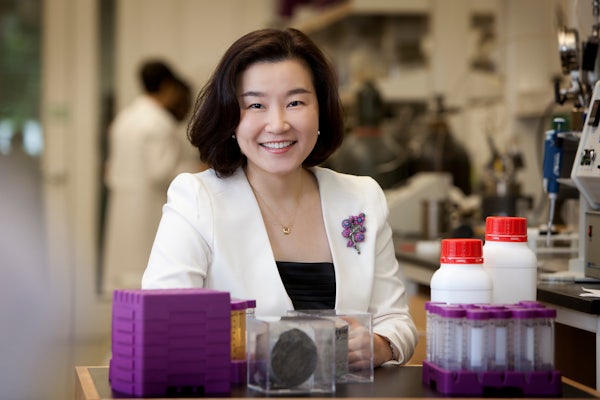Perspectives: ‘Catalyst: The roles of chemistry in clean water for all’
Young-Shin Jun discusses in the journal Chem the increasing importance of interfacial chemistry in producing and managing clean water

Water seems to be everywhere and not a critical resource. However, in fact, our supply of clean water is limited, and life cannot exist without it. In 2016, the United Nations (UN) set up 17 Sustainable Development Goals (SDGs), and goal 6 is to “ensure availability and sustainable management of water and sanitation for all.” According to the 2022 SDG report, meeting drinking-water, sanitation, and hygiene targets by 2030 requires a 4-fold increase in the pace of progress. At the current rates, in 2030, 1.6 billion people will lack safe drinking water and 2.8 billion people will lack safe sanitation.
Our water supply is inseparably linked to climate, and the recent acceleration of climate change has caused natural disasters, heat waves, and water shortages. Climate change has brought warmer weather and drought-driven water salination, and anthropogenic activities have created more nutrient-rich water and increased atmospheric CO2 concentrations. Such confluences have caused harmful algal blooms (HABs) to occur more often, more intensely, and in more water systems. Considering the climate-induced changes in the natural water cycle and the engineered water-use cycle, we need to design sustainable water management (SWM) systems that support current and future populations with minimal environmental impacts. In these SWM systems, nanoscale interfacial chemistry plays pivotal roles in producing and managing clean water.
Read the full paper here.




